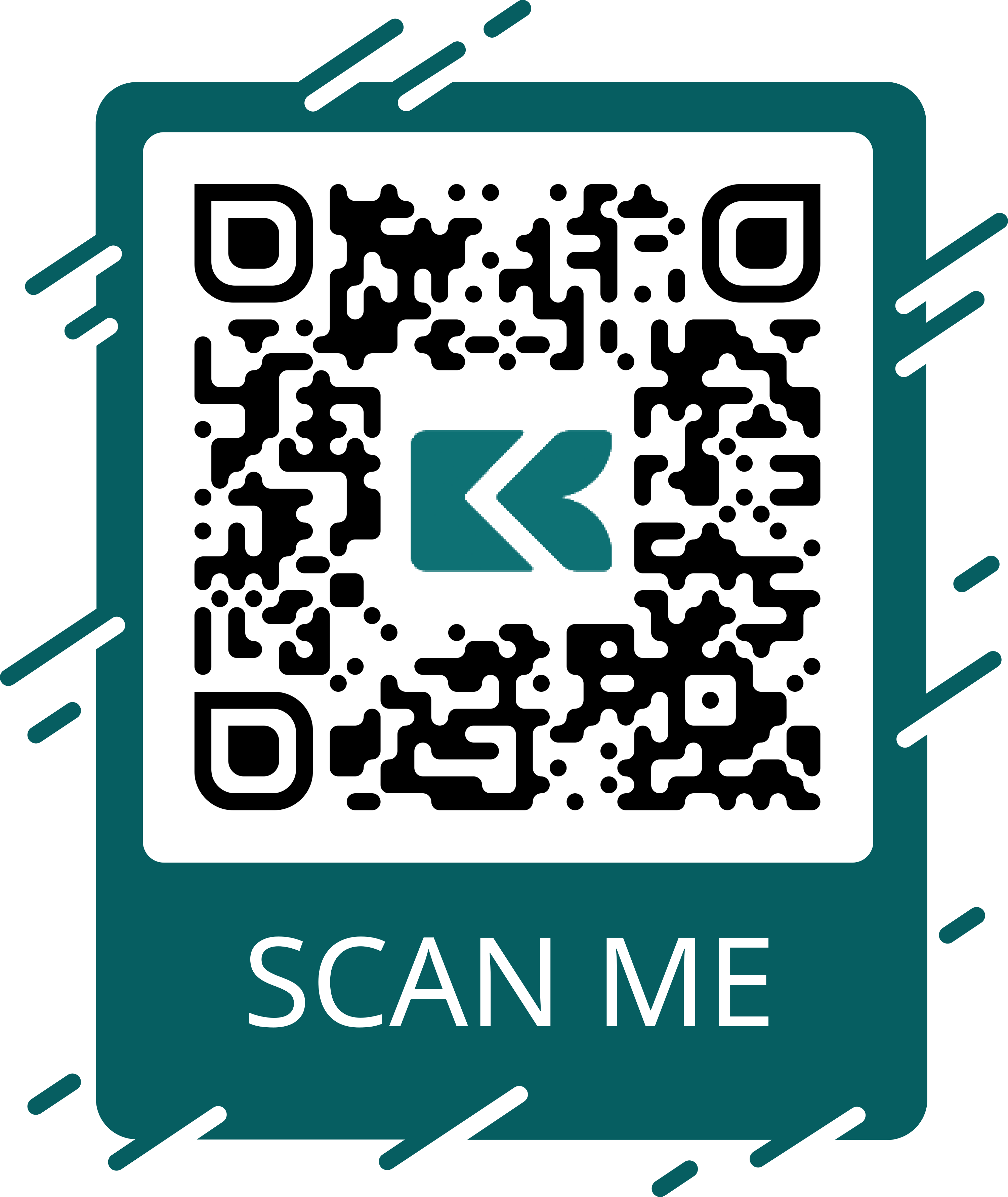A card reversal, sometimes known as a “chargeback,” is a payment card industry process in which an authorized and settled transaction is later reversed by the cardholder’s bank (issuing bank) and the funds are returned to the cardholder. Card reversals are normally initiated by the cardholder, although in some circumstances, they can also be done by the cardholder’s bank or the payment network.
Reasons For Card Reversal
- Disputed Transaction: The cardholder disputes the transaction’s legality, claiming that they did not make the purchase or that it was unauthorized.
- Fraudulent Transaction: The cardholder’s card information was stolen or used fraudulently, and they notified their bank of the illicit transaction.
- Merchant Error: The cardholder received inaccurate or damaged items, did not receive the goods or services at all, or had another problem with the purchase.
- Technical Issues: During the transaction process, there may be technical issues such as duplicate charges, wrong amounts, or processing errors.
- Issues with Authorization: The transaction may have been authorized erroneously, necessitating a rectification.
- Non-Receipt of Goods or Services: If a cardholder does not receive the goods or services for which they paid, they are entitled to a refund.
Actionable Tips For Effective Inventory Management
Chargebacks can have financial implications for merchants, as they might result in a loss of revenue, potential fees, and damage to the merchant’s reputation. To address and prevent chargebacks, merchants are encouraged to have a clear refund and return policies, maintain accurate records of transactions, and ensure proper communication with customers.
